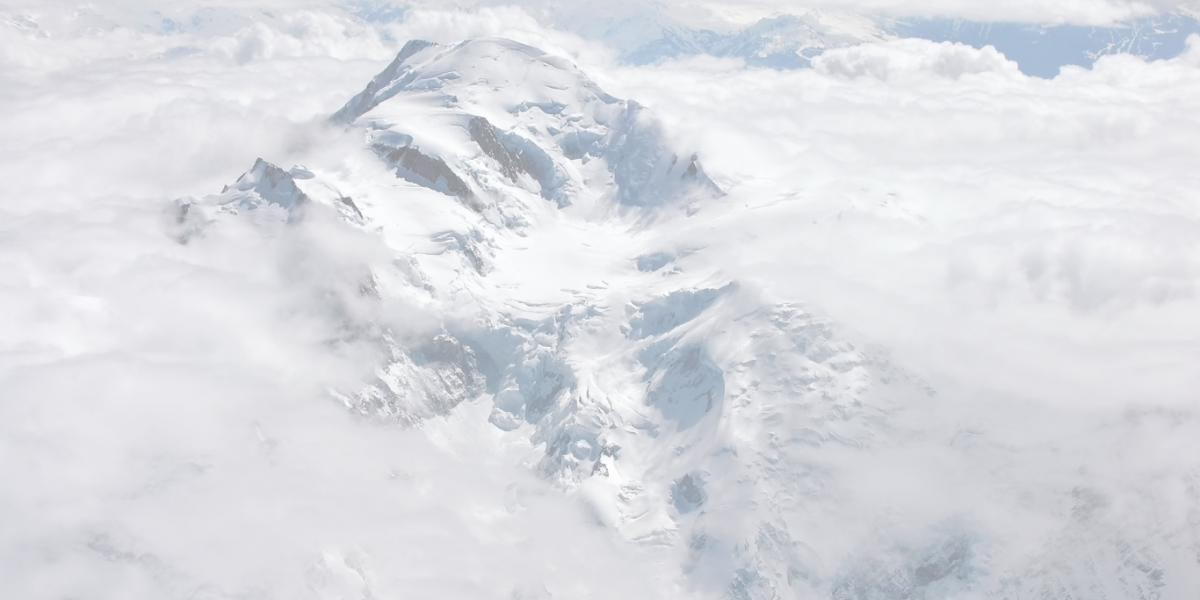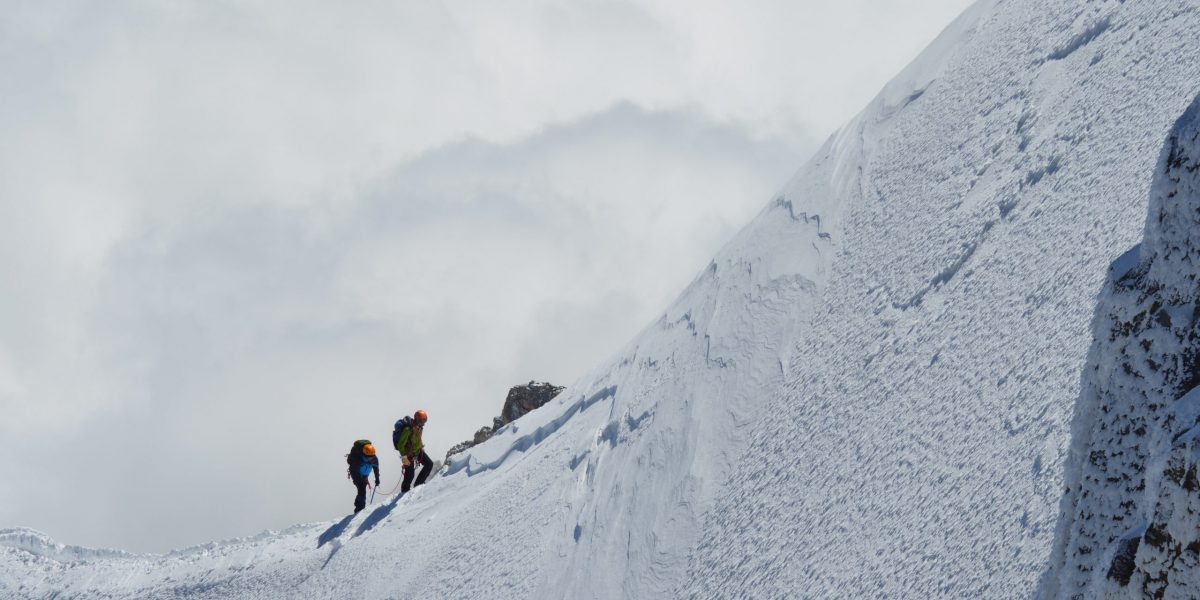ALTITUDE SICKNESS
altitude sickness
HOW TO AVOID IT?
altitude sickness
Altitude sickness ➡️ what is it and why it happens?

Altitude sickness happens when you are hiking or climbing at high altitude. Starting from 2500m-3000m altitude, the air pressure changes and the amount of oxygen is lowering. In order to prevent those changes, the body increases the heart rate and produces more red blood cells. If those mechanisms are not enough for the body or if the body did not have time to set them off, that is when altitude sickness happen. But what does that mean and what are the symptoms of altitude sickness?
mal aigu des montagnes : les symptômes
Please note that this article is to inform you and will not replace medical recommendations. It has been written in order to assist you organizing your adventure in high altitude mountain. It is not a replacement to a doctor consultation or your doctor’s advices.
Altitude sickness is expressed by different symptoms, which can be defined by different level of seriousness:
- Headaches
- Feeling nauseous or being sick
- Loss of appetite, digestive troubles
- Feeling tired, exhausted or drowsiness
- Dizziness
- Oedema
- Being anormally short of breath
Every uneasiness or unusual symptoms must be considered as a poor acclimatization. Keep in mind that those symptoms can also be mistaken for more common aches. Headaches can be related to sun, nausea caused by unusual food or indigestion, drowsiness by discomfort. It might be difficult to diagnose common aches from altitude sickness.
More important complications can be caused by the altitude such as high-altitude pulmonary edema (HAPE) or high-altitude cerebral edema (HACE) in those cases, hiking back down (the earlier the better) to lower the pressure and see a doctor is mandatory.
Symptoms usually appear in the first hours you hike past the high altitude limit. It can last from 24 to 48 hours and may decrease with acclimatization, or when hiking down. It is quite often related to a lack of preparation to hypoxia.
Some people can get altitude sickness starting from 2000m high. Everyone is different, some people are more sensitive than others to this effect. If you are worried about it, you should talk with your general practitioner and maybe with an altitude sickness specialist to get a hypoxia effort test.
Quick reminder: Everyone can suffer from altitude sickness even fit and healthy people. Physical condition helps a lot and will allow you to endure the effort but does not mean you will not get altitude sickness.

The best way to prevent altitude sickness is to get ready and climb progressively as well as getting some acclimatization days prior your big ascent. The best treatment for any kind of sickness is to hike down to a lower altitude.
What to do ?
- Hiking gradually. Do not hike or climb too fast. And feel free to hike back down a bit if you are not feeling well.
- Drink water, hydration is important especially in high altitude, it will keep your muscles and brain hydrated.
- Going to the mountains to climb another high-altitude summit (lower altitude than your goal) is a good way to acclimatize and feel the altitude effects on your body.
As we mentioned before, everyone is different and will be impacted differently by altitude effects. Everyone has a different level of acclimatization.
How to know if you are getting pretty well acclimatized? No headaches, appetite and good sleep are good signs. Most people can get used to altitude in a few days when staying under 3000m altitude. Starting 5300m, no one can get fully acclimatized and stay several days at this altitude, the lack of oxygen is too important.
If you are dealing with altitude sickness symptoms, there are different stages and severity levels:
The usual symptoms are :
- Headaches that can be eased by paracetamol, ibuprofen or aspirin.
➡️ 1g of aspirin or paracetamol. If the headaches are persisting, hike back down or stop until the symptoms disappear. You can keep hiking up gradually as soon as you do not feel the aches anymore.
Usual symptoms are :
- Headaches despite taking analgesics.
- Digestive problems (nausea, vomiting, lack of appetite)
- Insomnia
- Unusual shortness of breath
- Rare need to urinate
- Oedemas
➡️ What to do ? Stop hiking and rest for a few days at the same altitude to acclimatize your body. Drink a lot of water. If the symptoms persist, you will have to hike back down.
Usual symptoms added to the ones above (stage 2)
- Shortness of breath when resting
- Neurological troubles (loss of balance, speech disturbance)
- High risks of pulmonary edema (HAPE), cough, shortness of breath, pink and foamy spittles, fever.
- High risk of cerebral edema (HACE), is the most severe consequence of altitufde sickness. It implies strong headaches, deterioration of your state, hallucination, coordination trouble, confusion, vomiting.
➡️ What to do ? Hiking back down under supervision and heading to the closest medical center is mandatory.
Have you ever been subject to altitude sickness? Tell us in the comments!

It’s the outdoor spaces and especially the desire to share them that led us to create the agency in 2019.
Our primary goal is to help you make the most of the extraordinary experience the mountains have to offer. Whether you’re looking to recharge your batteries or challenge yourself physically, we’ve got an activity just for you!
With passion, sharing and confidence as a common thread! 🏔️
